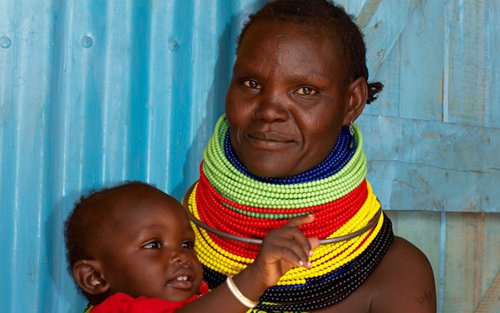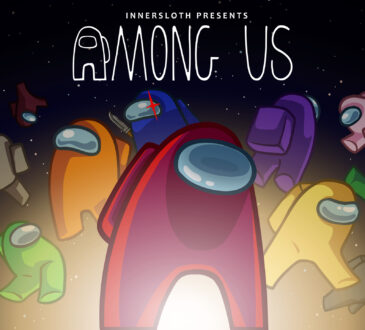
Introduction
Turkana Human, also known as NHMUK P5727, is a partial skeleton of an early human who lived in Kenya about 1.5 million years ago. This specimen has been the subject of much scientific interest since its discovery in 1959, but what does it tell us about our species’ origins?
‘The Turkana Human
The Turkana Boy is the name given to a fossilized skeleton of a Homo erectus child found in 1984 at Nariokotome in Kenya. The remains were discovered by Kamoya Kimeu and Richard Leakey, who worked with George Church (the father of our popular genome sequencing technology) back then.
The skeleton is estimated to be 1.5 million years old—making it older than both Lucy and Australopithecus afarensis—and represents an important find because it suggests that modern humans could have started out not as large-brained toolmakers but rather small-brained hunters like many other primates do today.

How old is Turkana Boy?
Turkana Human is 1.6 million years old, making him the oldest known Homo erectus fossil. He was found in Kenya and is the most complete H. Erectus’s skeleton was ever discovered, with over 90% of his bones present at the time of discovery.
Turkana Boy’s estimated age has been disputed by some scientists who believe that he may have belonged to an earlier species of humans called Homo rudolfensis or possibly even one that existed outside of Africa altogether!
Where did it come from?
The fossil was found in 1984 by Richard Leakey and his team. The fossil was discovered at Nariokotome, Kenya.
The Turkana Boy is believed to have lived around 2 million years ago, which makes him one of the oldest known hominids ever discovered.
What does the research say about Turkana Boy?
Turkana Human is believed to have been about 10 years old when he died, which means he was about 1.5 meters tall and weighed about 50 kilograms (110 pounds). His bones were well-developed and his rib cage was strong, so it’s not surprising that Turkana Boy had a large brain.
The research also tells us that he lived around 2 million years ago—and there’s evidence that people existed in Africa as far back as 7 million years ago!
The reconstruction of Nariokotome Boy
The reconstruction of Nariokotome Boy was done by Richard Leakey and his team.
It was done to show the human body in a way that was accurate and understandable.
Beyond Turkana Human: More notable H. Erectus fossils
Turkana Human is not the only H. erectus fossil that has been found in East Africa, but it is the most complete. There are many other fossils of this species, but they are usually incomplete and do not provide a clear picture of what Turkana Boy looked like when he was alive.
Turkana Human’s bones have been dated to 1.5 million years ago (the same age as Lucy), which makes him one of our earliest ancestors on record. This means that he lived during an important period for human evolution: The Ice Age had just ended and climate conditions were warming up again after thousands of years spent under ice sheets during glacial periods like we’ve seen recently with Greenland melting faster than expected—and now we know there were also humans living in Africa at this time!
Researchers believe that these early humans moved out from their original habitats—which had remained unchanged since their first appearance millions of years ago—to establish new communities along rivers such as Nilo-Saharan countries like Kenya.”

Human origins are complex – there are still many things we don’t know about our species and how we came to be.
Turkana Human is a fossil skull, found in Nariokotome, Kenya. It is the most complete early hominin skull ever found and dates back to 1.6 million years ago. It’s believed to be between 8 and 12 years old when it died, making it one of the youngest fossils ever discovered of our species (Homo sapiens).
Turkana Human was discovered by Paul O’Higgins and Richard Leakey in 1984 during an excavation at the site where they had been looking for evidence of ancient humans during their work on early hominid evolution.[1] The find was announced in 1989 with much excitement as researchers were eager to learn about what this young boy could tell us about our origins as a species[2].
Conclusion
Turkana Human is a remarkable fossil and important addition to our understanding of human evolution. But there are many other specimens that have shed light on the origin of Homo sapiens, including Nariokotome Boy, Lucy, and Laetoli. And beyond H. Erectus: the Neanderthals;
Early modern humans; anatomically modern humans; Homo sapiens sapiens. We know that these people were different from each other – even in their physical appearance – but we also see evidence that they shared some fundamental traits at least as far back as 3.5 million years ago: bipedalism (walking upright) and opposable thumbs for grasping tools or manipulating fire-making materials like sticks or stones into spears or arrows for hunting game animals (and perhaps even scavenging carcasses). This suggests how much more complex than just being “human” evolution may actually be when we look back at our past



